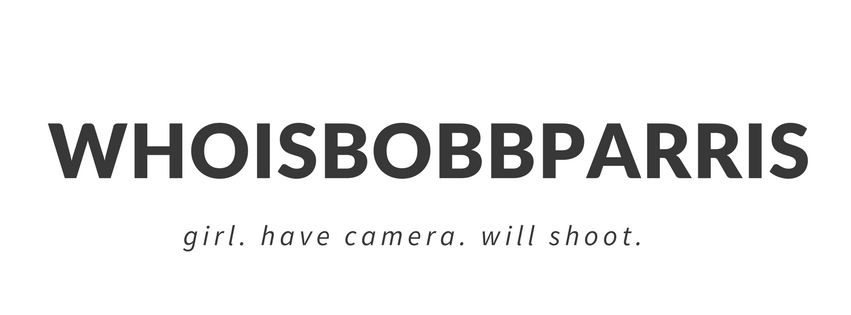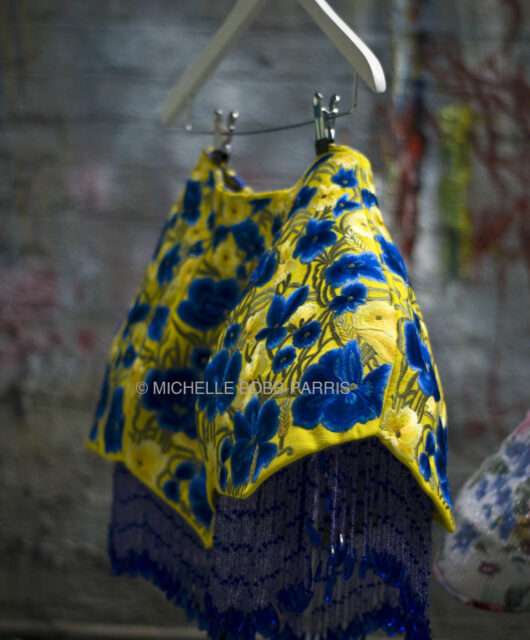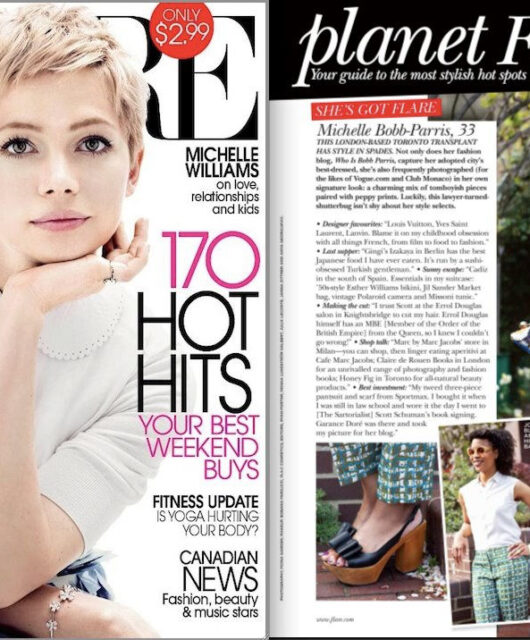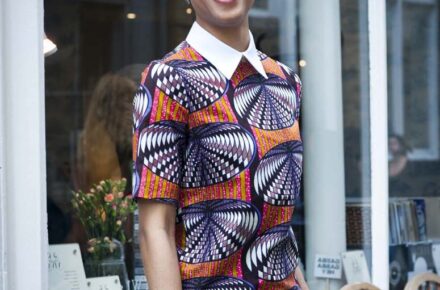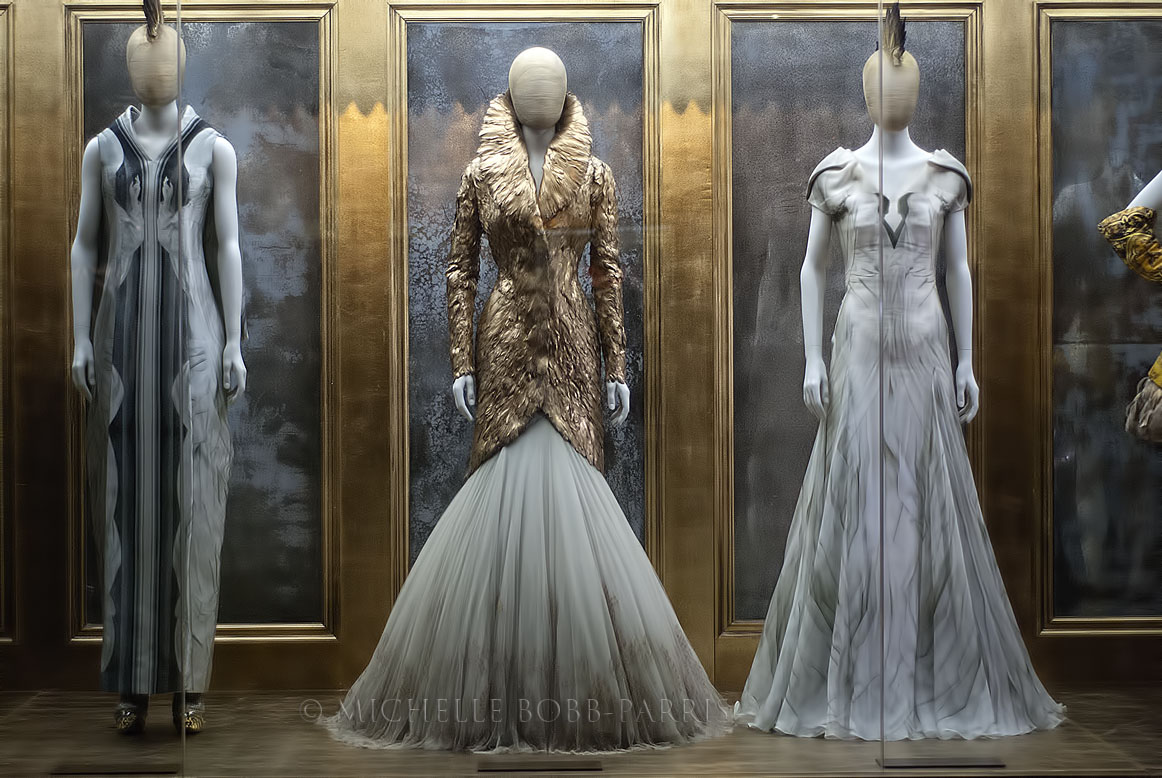
“There’s no way back for me now. I’m going to take you on journeys you’ve never dreamed were possible.” – Lee Alexander McQueen
With 70,000 tickets already sold, it’s fitting that the V&A’s advance sales record has been broken for this retrospective of London’s boundary-pushing fashion genius. What Savage Beauty accomplishes is weaving a story that makes it easy for the visitor to see how all of Alexander McQueen’s work was a celebration of the fabric of London, as well as Great Britain: its history, its present, its quirkiness, and its breadth of culture.
During our preview of the exhibition (which opens to the public this weekend), I spoke with Louise Rytter, research assistant to the exhibition’s lead curator, Clair Wilcox, about the challenges and highlights of staging the V&A’s largest-ever fashion exhibition, and what such an extensive retrospective of McQueen’s work means for the city he loved.
1. What was the biggest challenge for the V & A in putting this exhibition together?
“It’s the largest retrospective of Alexander McQueen’s work to-date and the V&A is honoured to be staging this because we feel a very strong connection with Alexander McQueen. He actually came to study our collections, and he did a Fashion in Motion live catwalk in 1999, and again in 2001 with Shaune Leane, so it is an honour to be showing this retrospective to the public.”
2. Has the curation process revealed anything to you about the essence of who Alexander McQueen was?
“I think we’ve all been amazed, every single day, that he always pushed fashion to its limits and there was no boundary. He never took ‘no’ for an answer. We hope that is what the exhibition really shows.”
3. Do you have a favourite piece in the exhibition? What makes it so special?
“I have many. The one in particular is from The Birds (S/S 1995) which is in the London section in the new gallery that we’ve added to this exhibition, which focuses on McQueen’s early years when he graduated from Central Saint Martins and didn’t have any funding. McQueen wasn’t always famous and just went on with no money. The garment is a top and it’s basically a plastic see-through top which Katie England has kindly loaned to the museum for the duration of the exhibition. What’s interesting with that piece is that on the back there is a label with a lock of hair. The hair lock is a reference to Victorian London when prostitutes would sell their locks of hair to men, who would then give it to their lovers as a token of their devotion.
“McQueen actually used hair in several of his other garments, like his graduate piece – a pink frock coat with a lining made of hair. There’s a coat in Romantic Primitivism from his collection Eshu that’s basically made of completely of hair as well, which is absolutely astonishing. It shows that McQueen used many different materials and always looked outwards. I think that’s what the title of the exhibition sums up – the savage beauty, the untamed, the constant search for beauty in every possible way: in cut, in showmanship, and also inspiration from nature. McQueen invested his personality and everything he had in each garment, and in every single collection.”
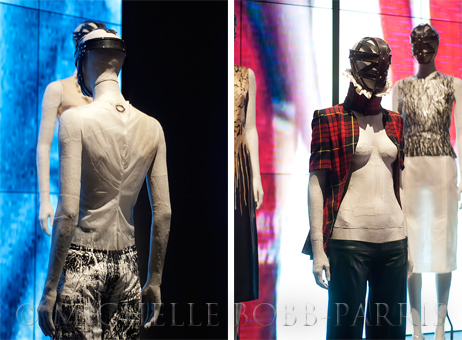
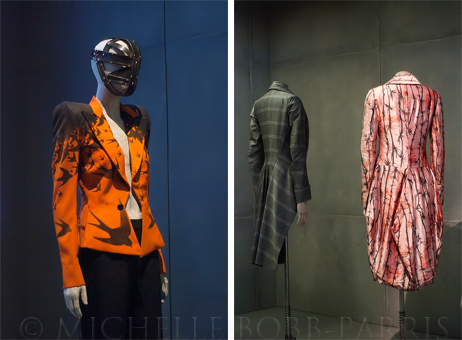
4. First shown at the Metropolitan Museum of Art in 2011, the V&A’s staging of Savage Beauty marks a homecoming for McQueen’s work. How significant is it for Londoners to have access to this kind of access at this point in time?
“Savage Beauty is a kind of celebration of London as well. You’ve got Savile Row represented in these amazing cuts, a celebration of the East End with the rawness coming out that was especially apparent in the early 90s. It’s also a celebration of his own history: he found out that one of his ancestors was from Scotland and then started using the McQueen tartan in 1995, continuing to use it throughout his career. His personality was invested in every single show.”
5. People often talk about legacy. What mark has McQueen left on the fashion world, specifically the London fashion scene?
“In the early 90s when he graduated from Central Saint Martins, everyone is showing Paris. The London fashion scene was not very exciting, to be honest. Then suddenly, there were a lot of young, British talents who suddenly emerged and got the attention of the international press, especially McQueen who, with his shows, generated a lot of press coverage. For example the fashion press was astonished with his Highland Rape collection for autumn/winter 1995. He was criticised because it had looked like he had almost violated these women, but it wasn’t the case. Actually, it was about Britain’s rape of Scotland, and it was a reference to the Highland Clearances. People will come to the show and see this celebration and they will understand the cut because it’s from Savile Row, they will see references to Berman’s & Nathan’s in Camden, which was a theatrical costumiers (now Angels as of 1992). It was there he learned about historical costumes and looking at costume history. I think you can also see the theatre, which is something London also really celebrates, and McQueen loved that. He used to go to the theatre all the time. He loved films. He loved Hitchcock. He loved Tim Burton. He loved nature. He loved Gothic. That’s what London is all about – diversity. Endless layers.”
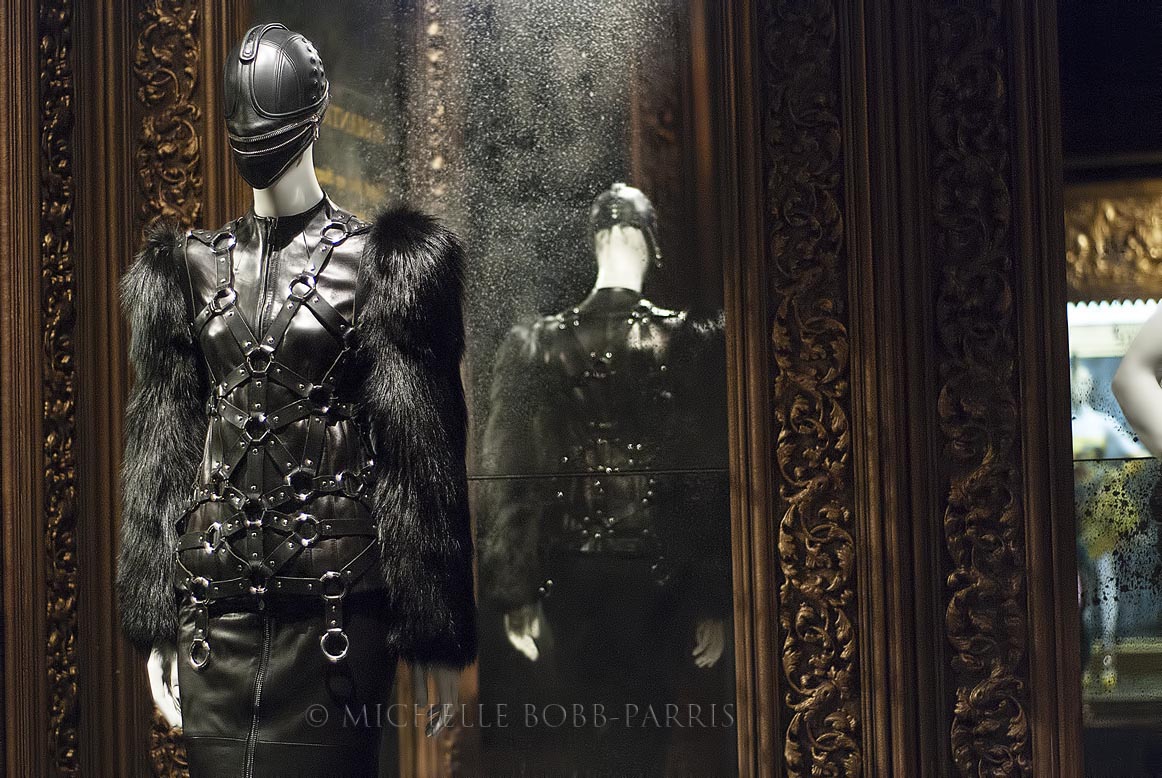
In partnership with Swarovski. Supported by American Express. With thanks to M.A.C. Cosmetics. Technology partner: Samsung.
